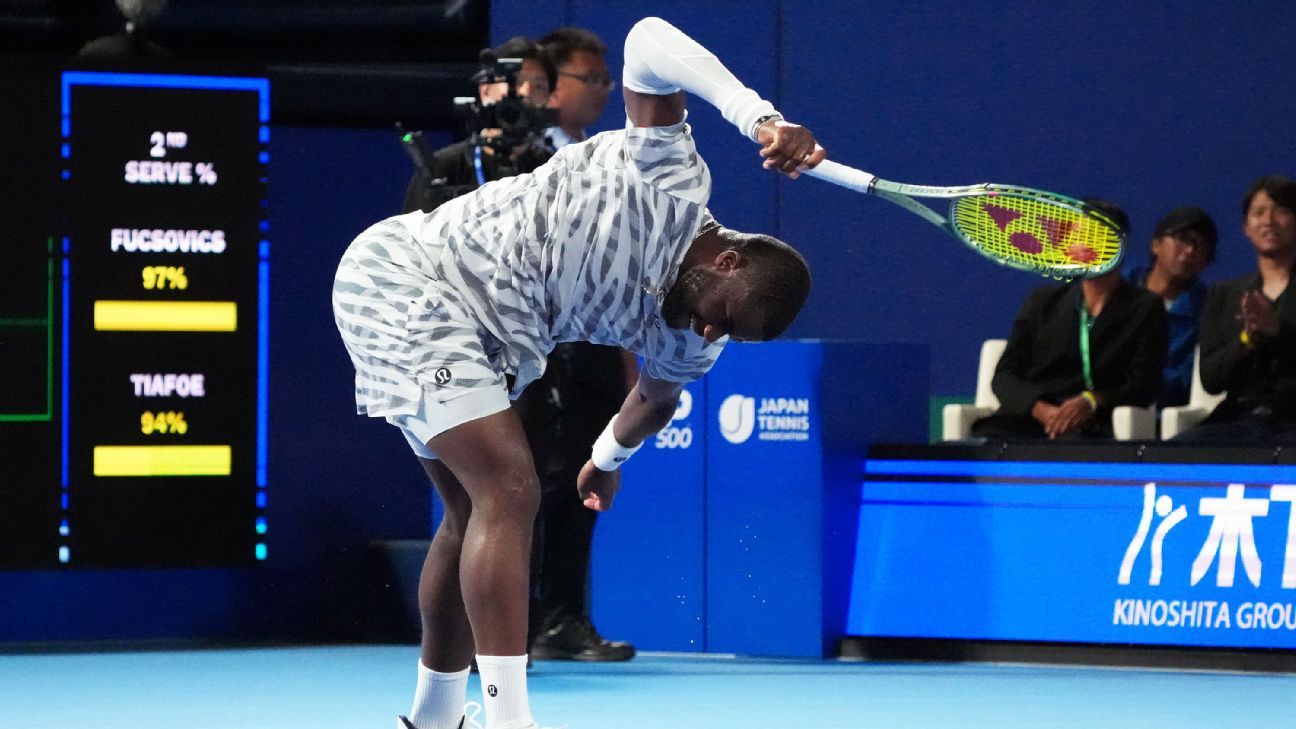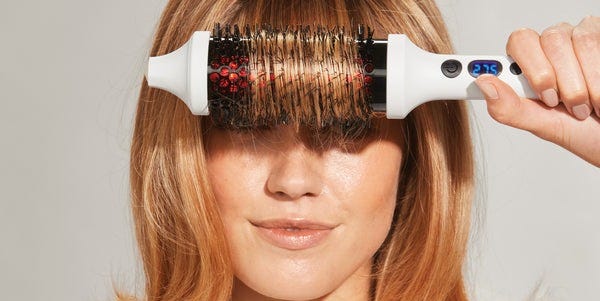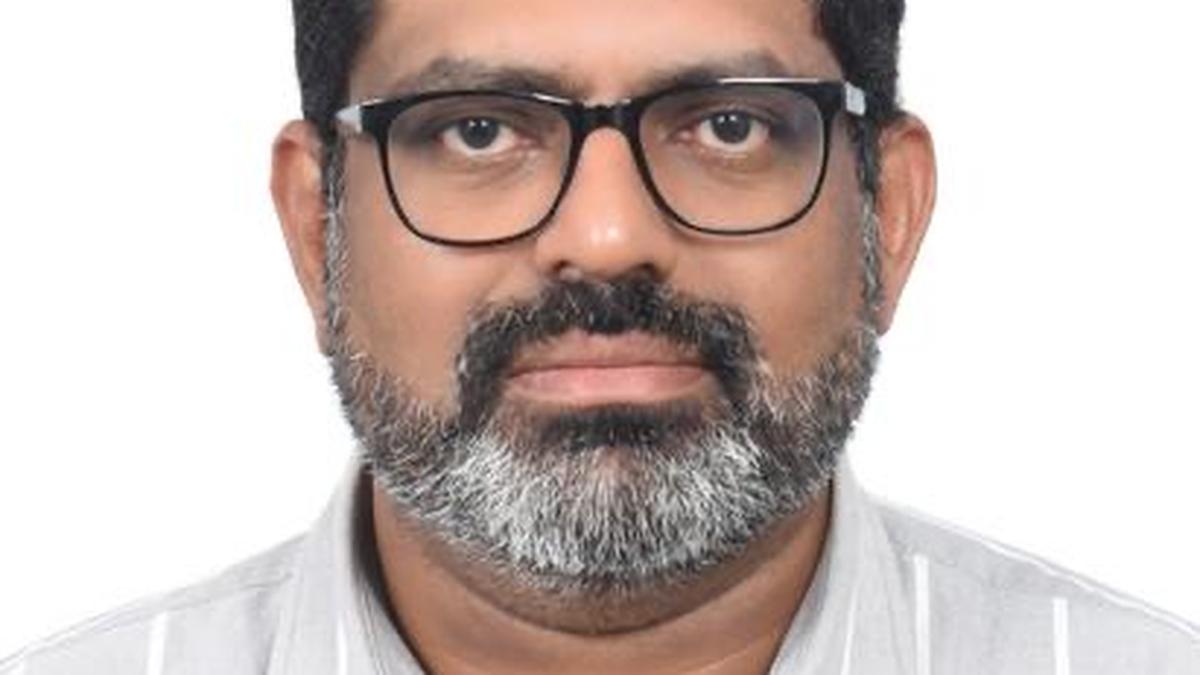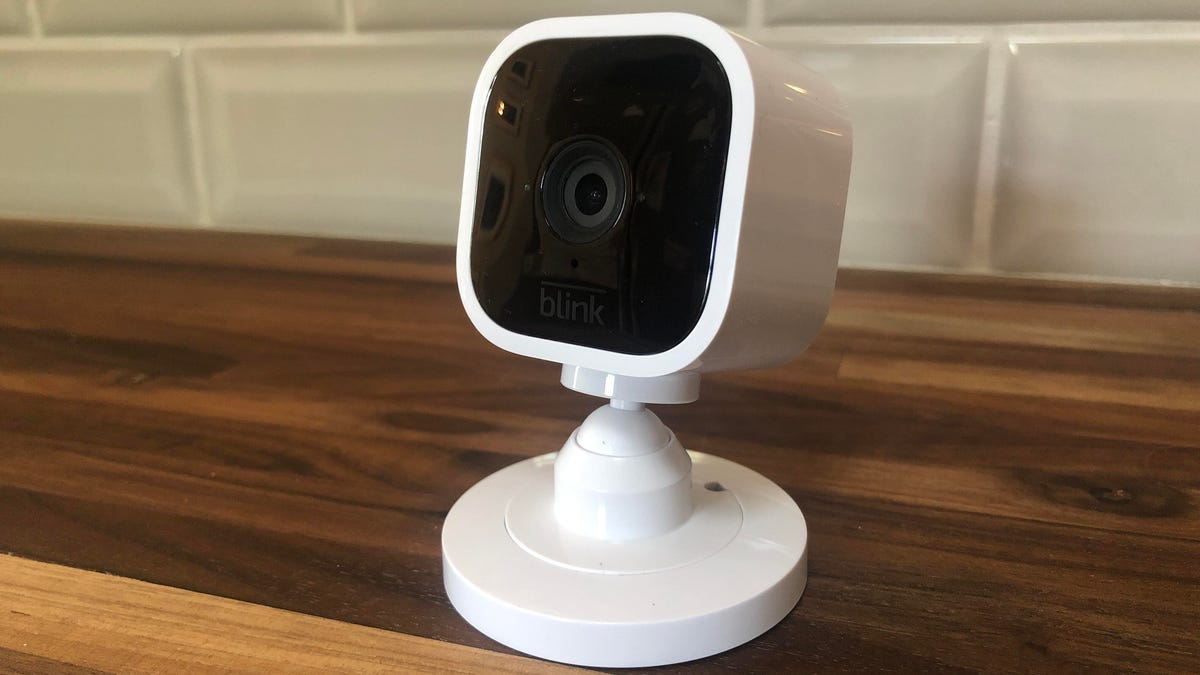Half of the reproductive-age women of Greenland were planted with IUDs ‘without their knowledge or consent’, Denmark PM apologises: Read about the vile scandal
Historical injustices are seldom fully rectified, and rarer still is a heartfelt apology from those responsible the transgressions. However, Metter Frederiksen, the Prime Minister of Denmark has issued a formal apology for the forced contraception involving Inuit women and girls in Greenland. After issuing a written statement on 27th August 2025, acknowledging “systemic discrimination”, PM Frederiksen, delivered an in-person address on 24th September, in Nuuk, Greenland. The emotional ceremony at the Katuaq Cultural Centre was attended by dozens of survivors and Frederiksen directly spoke to the victims of the horrific birth control programme. “Dear women. Dear families. Dear Greenland. Today there is only one right thing to say to you. Sorry. Sorry for the injustice that was committed against you. Because you were Greenlanders. Sorry for what was taken from you. And for the pain it caused. On behalf of Denmark. Sorry,” Frederiksen said. She further described the events as a “dark chapter in out shared history” and a “betrayal that had major consequences for Greenlandic girls.” The Danish PM also extended apology for “other dark chapters” of systemic discrimination against Greenlanders due to their indigenous identity. During the event, one woman stood with her back to the Danish PM in protest, with a black handprint painted across her mouth. Earlier, Greenland’s Prime Minister Jens-Frederik Nieslson apologised, taking responsibility for cases after 1991. It is to be noted that Greenland assumed control of its healthcare system in 1991. “You were not asked. You had no opportunity to speak out. You were not heard. You were not seen,” he said. Danish government commits to providing compensation payout to Greenlandic women Prime Minister Mette Frederiksen’s apology was not confined to just comforting words and acknowledgment of wrongdoing against Greenlandic women in the past, as she offered reparations to the victims who were fitted with contraceptive coils without their consent. The specific amounts or timelines, however, are yet to be finalised. Frederiksen said that she would be setting up a “reconciliation fund”. A statement released by her office said that the Danish government wanted “to establish a reconciliation fund that can provide individual financial compensation to Greenlandic women in the IUD case and to other Greenlanders who have been subjected to failure and systematic discrimination because they are Greenlanders”. The 2024 lawsuit by Greenlandic women in pursuit of justice, dignity and closure The apologies by Danish and Greenlandic PMs follow a 2024 lawsuit filed by 143 women, of whom 138 were minors when they were fitted with contraceptive coils without their consent or knowledge, by Danish doctors. The petitioners demanded 43 million Danish Kroner (around $6.3 million USD) for human rights violation, including pain, infertility and psychological trauma. Naja Lyberth, who was the first woman to come forward to reveal that she had been fitted with an IUD coil during a state medical examination in her teenage, accused the Danish government of concerted sterilisation. In conversation with Kalaallit Nunaata Radioa (KNR), Lyberth said, “As long as we live, we want to regain our self-respect and respect for our wombs. There is no government to decide whether we should have children or not.” Naja Lyberth (Image via KNR) The horrific ‘Coil Campaign’ that stripped thousands of Greenlandic women of their motherhood, future and choice The scandal known as the “Coil Campaign” and the “Spiral Case” due to the S-shaped intrauterine device (IUDs). It was a Danish government-led campaign to control Greenland’s population growth amid rapid increases due to enhanced healthcare systems and living conditions. Denmark, which administered the healthcare of Greenland until 1992, saw high birth rates, especially out-of-wedlock pregnancies, as a financial and social burden. The program halved the birth rate of Greenland in a few years. However, it also inflicted unspeakable physical and psychological harm, including pain, infections, infertility and trauma to the victims. Although preparatory discussions dated back to the early 1960s, the ‘Coil Campaign’ officially began in 1966. Under the directives from Copenhagen, Danish doctors and health officials targeted Inuit women and girls, some as young as 12-years-old, to prevent ‘unplanned pregnancies’ and to lower childcare costs. The period of 1966-1970 was the peak time of this opprobrious campaign. Investigations reveal 4,500 insertions, affecting approximately half of Greenland’s 9,000 native fertile women and girls at that time. By the end of 1970, more than 4,070 had been fitted with IUDs. This number is estimated to be about 50% of childbearing age females. From 1970s to early 1990s, insertions tapered but persisted. The program fully ended in 1991 after Greenland secured healthcare autonomy.



Historical injustices are seldom fully rectified, and rarer still is a heartfelt apology from those responsible the transgressions. However, Metter Frederiksen, the Prime Minister of Denmark has issued a formal apology for the forced contraception involving Inuit women and girls in Greenland. After issuing a written statement on 27th August 2025, acknowledging “systemic discrimination”, PM Frederiksen, delivered an in-person address on 24th September, in Nuuk, Greenland.
The emotional ceremony at the Katuaq Cultural Centre was attended by dozens of survivors and Frederiksen directly spoke to the victims of the horrific birth control programme.
“Dear women. Dear families. Dear Greenland. Today there is only one right thing to say to you. Sorry. Sorry for the injustice that was committed against you. Because you were Greenlanders. Sorry for what was taken from you. And for the pain it caused. On behalf of Denmark. Sorry,” Frederiksen said.

She further described the events as a “dark chapter in out shared history” and a “betrayal that had major consequences for Greenlandic girls.” The Danish PM also extended apology for “other dark chapters” of systemic discrimination against Greenlanders due to their indigenous identity.
During the event, one woman stood with her back to the Danish PM in protest, with a black handprint painted across her mouth.

Earlier, Greenland’s Prime Minister Jens-Frederik Nieslson apologised, taking responsibility for cases after 1991. It is to be noted that Greenland assumed control of its healthcare system in 1991.
“You were not asked. You had no opportunity to speak out. You were not heard. You were not seen,” he said.
Danish government commits to providing compensation payout to Greenlandic women
Prime Minister Mette Frederiksen’s apology was not confined to just comforting words and acknowledgment of wrongdoing against Greenlandic women in the past, as she offered reparations to the victims who were fitted with contraceptive coils without their consent. The specific amounts or timelines, however, are yet to be finalised.
Frederiksen said that she would be setting up a “reconciliation fund”. A statement released by her office said that the Danish government wanted “to establish a reconciliation fund that can provide individual financial compensation to Greenlandic women in the IUD case and to other Greenlanders who have been subjected to failure and systematic discrimination because they are Greenlanders”.

The 2024 lawsuit by Greenlandic women in pursuit of justice, dignity and closure
The apologies by Danish and Greenlandic PMs follow a 2024 lawsuit filed by 143 women, of whom 138 were minors when they were fitted with contraceptive coils without their consent or knowledge, by Danish doctors. The petitioners demanded 43 million Danish Kroner (around $6.3 million USD) for human rights violation, including pain, infertility and psychological trauma. Naja Lyberth, who was the first woman to come forward to reveal that she had been fitted with an IUD coil during a state medical examination in her teenage, accused the Danish government of concerted sterilisation.
In conversation with Kalaallit Nunaata Radioa (KNR), Lyberth said, “As long as we live, we want to regain our self-respect and respect for our wombs. There is no government to decide whether we should have children or not.”

The horrific ‘Coil Campaign’ that stripped thousands of Greenlandic women of their motherhood, future and choice
The scandal known as the “Coil Campaign” and the “Spiral Case” due to the S-shaped intrauterine device (IUDs). It was a Danish government-led campaign to control Greenland’s population growth amid rapid increases due to enhanced healthcare systems and living conditions. Denmark, which administered the healthcare of Greenland until 1992, saw high birth rates, especially out-of-wedlock pregnancies, as a financial and social burden. The program halved the birth rate of Greenland in a few years. However, it also inflicted unspeakable physical and psychological harm, including pain, infections, infertility and trauma to the victims.
Although preparatory discussions dated back to the early 1960s, the ‘Coil Campaign’ officially began in 1966. Under the directives from Copenhagen, Danish doctors and health officials targeted Inuit women and girls, some as young as 12-years-old, to prevent ‘unplanned pregnancies’ and to lower childcare costs.
The period of 1966-1970 was the peak time of this opprobrious campaign. Investigations reveal 4,500 insertions, affecting approximately half of Greenland’s 9,000 native fertile women and girls at that time. By the end of 1970, more than 4,070 had been fitted with IUDs. This number is estimated to be about 50% of childbearing age females.
From 1970s to early 1990s, insertions tapered but persisted. The program fully ended in 1991 after Greenland secured healthcare autonomy.
An independent 347-page report published on 9th September 2025, confirmed that over 400 non-consensual cases examined. The report, however, stated that the actual number is likely way higher. It found some post 1991 incidents up to 2018, involving non-consensual fittings during abortions. Of 410 cases described in detail, 349 involved health complications.
This report titled, “An impartial study of contraception practices in Kalaallit Nunaat in the period 1960-1991”, has been prepared by researchers and historians from the University of Greenland and the National Institute of Public Health at the University of Southern Denmark.

The report said that Greenland’s birth rate had begun to stagnate around 1965, after which there was a decline, which particularly accelerated from the late 1960s – as a probable consequence of the spread of the IUD method. The decline in birth rate was greatest among women between 30 and 50 years of age and lowest among young people.

The data indicates that the age distribution for IUD placements across the three districts— Ilulissat, Sisimiut, Nuuk, was highest in the 15 to 19 age group, followed by 20-24, 25-29. With youngest age being 12 and eldest being 47 in Ilulissat, 12 (youngest) and 46 (eldest) in Sisimiut, and 14 (youngest) and 45 (eldest) in Nuuk district.

One of the victims, who was 13 at that time, recalled, “The other girls said they took it out by pulling, so I took out my own IUD.”
Several other victims received injections of Depo-Provera, a long-acting hormonal contraceptive that, in some cases, stopped women’s menstrual cycles permanently and left them unable to conceive. Many others had to get their uterus removed surgically.
Women and girls were told by Danish doctors that they needed a ‘checkup’ or treatment for unrelated issues. For these ‘checkups’, parents were rarely consulted even as Danish law prohibited contraception for minors without consent until 1970. Danish health officials carried out procedures on Greenlandic women without giving any explanation of the device’s purpose, risks or permanence.
While a lack of consent and even proper knowledge of what was being done to the women and girls who trusted their Danish doctors was outrageous, the insertion process is disturbing. The early Lippes Loop IUDs were large S-shaped, unlike modern T-shaped. These S-shaped coils caused intense pain during insertion without anaesthesia. In some case, these IUDs were fitted post-abortion or during other procedures under sedation. Since doctors denied or delayed its removal when sought by the victims, this exacerbated complications, including scarring and infections.
The report prepared by Greenland University professors reveals, the focus of the Coil Campaign was young and unmarried Inuit girls in remote areas or dormitories. This singling out of Inuit women and targeted birth control measure against them reflected colonial biases against the Indigenous people.
While a state apology and reparations may give some solace to the survivors of the Coil Campaign, the dehumanising horror they were subjected to can never really be compensated.
Greenland has been an autonomous territory under the Kingdom of Denmark. Since the 1700s, the world’s largest island had been under Norwegian and Danish influence. But Denmark’s formal sovereignty was established in 1814 via the Treaty of Kiel. Greenland gained home rule in 1979 and expanded self-governance in 2009, but Denmark still oversees its foreign affairs and defence.


























































































































